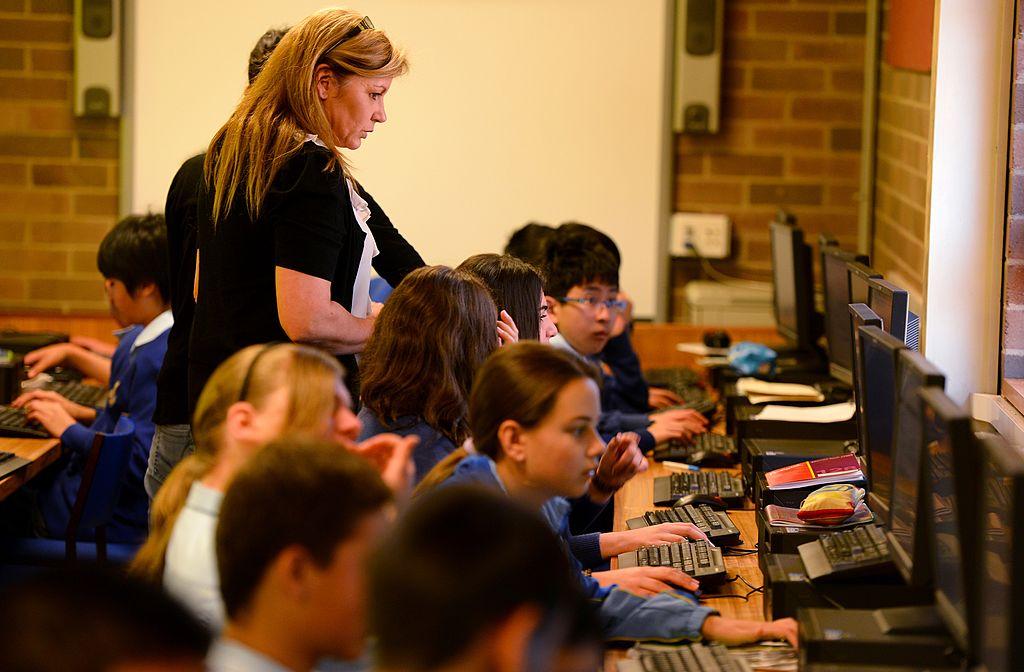As more Australians use digital payments instead of cash, the Reserve Bank of Australia (RBA) emphasised the importance of keeping access to cash available, although users might have to cover the costs.
Cash payments have decreased, dropping from 70 percent in 2007 to 13 percent in 2022.





